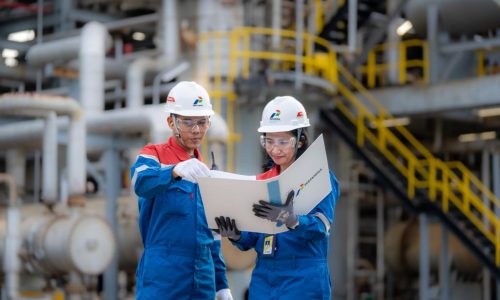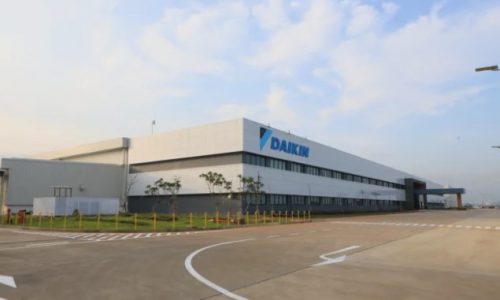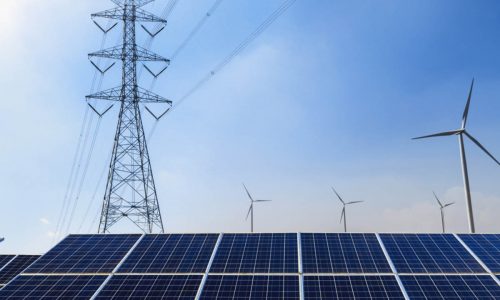The Upstream Oil and Gas Regulatory Task Force (SKKMigas) and Cooperation Contract Contractor (KKKS) Citic Seram Energy Ltd. has claimed the discovery of a fresh reserve of 15.02 million cubic feet of gas on Seram Island in Maluku province, Antara news agency reported.
The Non-Bula Seram Working Area (WK), where the Lofin-2 (re-entry) exploration well was found, is discovered in Seti village, East Seram district, Central Maluku regency.
Upon conducting a re-entry test on the Lofin-2 exploration well to assess the characteristics and behavior of the reservoir for future development of the Lofin structure, a gas flow of 15.02 million cubic feet of gas per day (mmscfd) was discovered in the main objective located in carbonate rock of the Manusela formation.
“So we carried out a re-test to test and evaluate the potential for hydrocarbons in carbonate rocks of the Manusela formation,” SKKMigas Head of Drilling and Well Treatment Division Surya Widyantoro said in a written statement on February 12, 2023.
Challenging process
The process of discovering gas on Seram Island was quite challenging due to the operational testing of exploratory wells. It took a considerable amount of time, primarily because they are located in a remote area.
Acting Head of SKK Migas’ Program and Communication Division Mohammad Kemal said the discovery of gas reserves on Seram Island has given hope to the task force and its KKKS contractors to continue their large-scale, vigorous and effective exploratory activities.
He added there was still a significant potential for oil reserves on the island. The estimated reserves could be as high as 5 billion barrels.
The operations of SKK Migas are under the government’s control. Meanwhile, KKKS contractors serve as operators under its supervision and regulation. Hence, they are distinct from general private plantation and mining activities.
There are some risks in the exploration of gas including political, geological, price and supply and demand risks. However, the operational cost is the biggest risk. Investopedia.com says that the more onerous the regulation and the more difficult the drill, the more expensive a project becomes.










